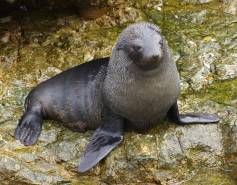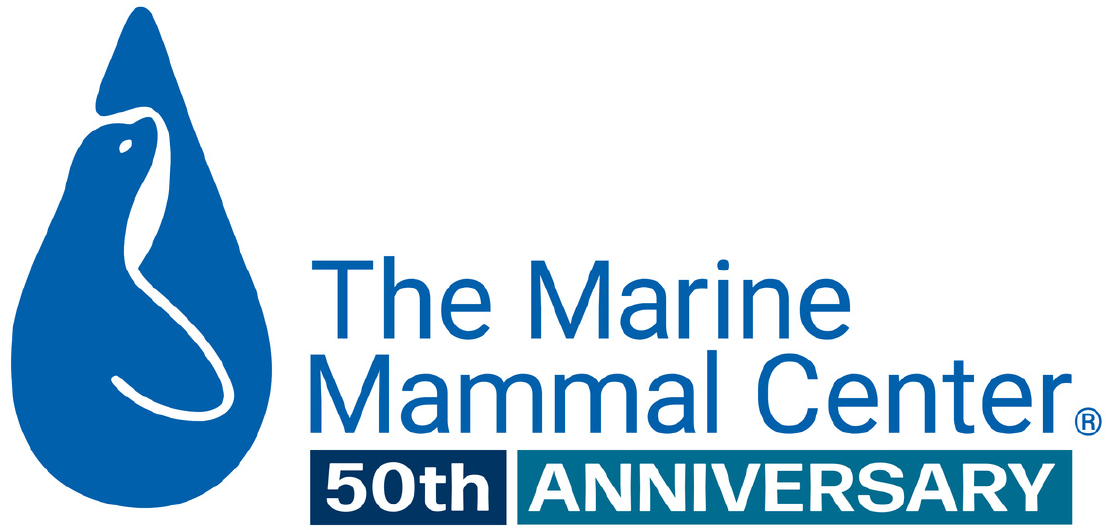
New Urban Habitat for Endangered Humpback Whales: San Francisco Bay
- Foraging
- Species conservation
- Natural history
Abstract
As populations of large whales recover from whaling, species that forage and breed in coastal waters, including the humpback whale (Megaptera novaeangliae), increasingly overlap with human activities. This represents a potential hazard in locations worldwide subject to intensive vessel traffic, including New York, Panama City and Brisbane.
Historically, humpback whales were not considered part of San Francisco Bay's fauna, except for a few ‘lost’ whales that wandered into the estuary.
An unprecedented influx of humpback whales into highly urbanized San Francisco Bay began in 2016. Research efforts in 2016–2018 from vessels and shore resulted in 496 photo-identification records plus 319 visual sightings. Sixty-one individuals were photo-identified, of which 80% (n = 49) used the bay on multiple days (range = 2 to 39), and 34% (n = 21) were resighted in successive years.
Whales photographed in San Francisco Bay were found to belong to distinct population segments listed as endangered and threatened under the U.S. Endangered Species Act.
Whales moved in and out of the bay seasonally (April–November). Habitat use patterns indicated movements farther into San Francisco Bay correlated positively with high tides.
Humpback whales were visually observed lunge feeding on northern anchovy (Engraulis mordax) at the surface. Analysis of dive patterns by three tagged whales confirmed subsurface feeding when surface feeding was not apparent.
The use of San Francisco Bay and adjacent waters by recovering populations of humpback whales exacerbates the potential for collisions with vessels, entanglement in fishing gear, and harassment by recreational vessels. The most pressing conservation concern is the risk of ship strikes, observed where humpback whales occur near active seaports.
Markowitz, T.M., Keener, W., Webber, M.A., Payne, A.R., Lane, R.S., Fahlbusch, J.A. and Calambokidis, J., 2024. New urban habitat for endangered humpback whales: San Francisco Bay. Aquatic Conservation: Marine and Freshwater Ecosystems, 34(3), p.e4107.
species conservation
natural history
Tim Markowitz
Marc Webber
Bill Keener
cetacean foraging, distinct population segment, endangered, estuary, Golden Gate, humpback whale, photo-identification, San Francisco Bay, ship strike
Meet The Experts
{"image":"\/People\/Portrait\/timothy-markowitz.jpg","alt":"Tim Markowitz","title":"Tim Markowitz","text":"Cetacean Field Research Associate","link_url":"https:\/\/www.marinemammalcenter.org\/person\/tim-markowitz","link_text":"Read Bio"}

{"image":"\/People\/Portrait\/cropped-images\/marc-webber-0-196-1204-940-1618436847.jpg","alt":"Marc Webber","title":"Marc Webber","text":"Cetacean Field Research Associate","link_url":"https:\/\/www.marinemammalcenter.org\/person\/marc-webber","link_text":"Read Bio"}

Related Publications
{"image":"\/Animals\/Wild\/Other species\/Vaquita-Olson-NOAA.jpg","alt":"vaquita","title":"Protecting Critically Endangered Vaquita from Entanglement Through Field Capture","link_url":"https:\/\/www.marinemammalcenter.org\/publications\/protecting-critically-endangered-vaquita-from-entanglement-through-field-capture","label":"Research Paper"}

Protecting Critically Endangered Vaquita from Entanglement Through Field Capture
Read More{"image":"\/Animals\/Patients\/Guadalupe fur seals\/2020\/cropped-images\/gfs-pippin-by-bill-hunnewell-c-the-marine-mammal-center-noaa-permit-18786-111-120-3738-2920-1602702191.jpg","alt":"Guadalupe fur seal Pippin","title":"Understanding the Impacts of Climate Change on Threatened Guadalupe Fur Seals","link_url":"https:\/\/www.marinemammalcenter.org\/publications\/understanding-the-impacts-of-climate-change-on-threatened-guadalupe-fur-seals","label":"Research Paper"}

Understanding the Impacts of Climate Change on Threatened Guadalupe Fur Seals
Read More{"image":"\/Animals\/Wild\/Guadalupe fur seal\/cropped-images\/guadalupe-fur-seal-photo-c-marc-webber-113-2-3934-3072-1618437568.jpg","alt":"Guadalupe fur seal","title":"A New Guadalupe Fur Seal Colony in the Gulf of California?","link_url":"https:\/\/www.marinemammalcenter.org\/publications\/new-guadalupe-fur-seal-colony-in-the-gulf-of-california","label":"Research Paper"}

{"image":"\/Animals\/Patients\/Guadalupe fur seals\/2019\/cropped-images\/gfs-scooter-release-photo-c-steve-sayles-878-376-4402-3438-1606346089.jpg","alt":"Guadalupe fur seal","title":"Ecology and Conservation of Pinnipeds in Latin America: Guadalupe Fur Seal","link_url":"https:\/\/www.marinemammalcenter.org\/publications\/ecology-and-conservation-of-pinnipeds-in-latin-america-guadalupe-fur-seal","label":"Research Paper"}

Related News
{"image":"\/Animals\/Patients\/Hawaiian monk seals\/2025\/cropped-images\/d-ru28release-exam-at-ke-kai-ola111025photo-by-giancarlo-rulli-c-the-marine-mammal-center-noaa-permit-24359-0-0-1270-992-1764620886.jpg","alt":"","title":"Bird Flu Vaccine Trial Offers Hope for Protecting Hawaiian Monk Seals","link_url":"https:\/\/www.marinemammalcenter.org\/news\/bird-flu-vaccine-trial-may-offer-hope-for-protecting-hawaiian-monk-seals","label":"News Update","date":"2025-12-01 08:13:00"}

Bird Flu Vaccine Trial Offers Hope for Protecting Hawaiian Monk Seals
December 1, 2025
Read More{"image":"\/Animals\/Wild\/Hawaiian monk seal\/cropped-images\/hms-wild-photo-1-c-noaa-pifsc-hmsrp-35-0-1270-992-1759760452.jpg","alt":"A Hawaiian monk seal rests on its side on a sandy beach.","title":"Where Do Hawaiian Monk Seals Live? And Other \u2018\u012alio Holo I Ka Uaua Trivia","link_url":"https:\/\/www.marinemammalcenter.org\/news\/where-do-hawaiian-monk-seals-live-and-other-ilio-holo-i-ka-uaua-trivia","label":"News Update","date":"2025-10-06 00:00:00"}

Where Do Hawaiian Monk Seals Live? And Other ‘Īlio Holo I Ka Uaua Trivia
October 6, 2025
Read More{"image":"\/Animals\/Patients\/Sea otters\/2025\/cropped-images\/so-mooring-release-2-laurie-miller-c-the-marine-mammal-center-USFWS-permit-MA101713-1-80-0-1270-992-1757003194.jpg","alt":"A southern sea otter rests in the ocean after being released from rehabilitative care.","title":"Entangled in Ocean Trash, Sea Otter Mooring Gets a Second Chance at Life","link_url":"https:\/\/www.marinemammalcenter.org\/news\/entangled-in-ocean-trash-sea-otter-mooring-gets-a-second-chance-at-life","label":"Patient Update","date":"2025-09-05 02:00:00"}

Entangled in Ocean Trash, Sea Otter Mooring Gets a Second Chance at Life
September 5, 2025
Read More{"image":"\/Animals\/Wild\/California sea lion\/cropped-images\/csl-release-4-5-24photo-by-chris-deimler-c-the-marine-mammal-center-138-0-1270-992-1745348188.jpg","alt":"Four young California sea lions walk on the beach toward the ocean.","title":"Achievements in Ocean Health","link_url":"https:\/\/www.marinemammalcenter.org\/news\/achievements-in-ocean-health","label":"News Update","date":"2025-04-23 10:20:00"}


